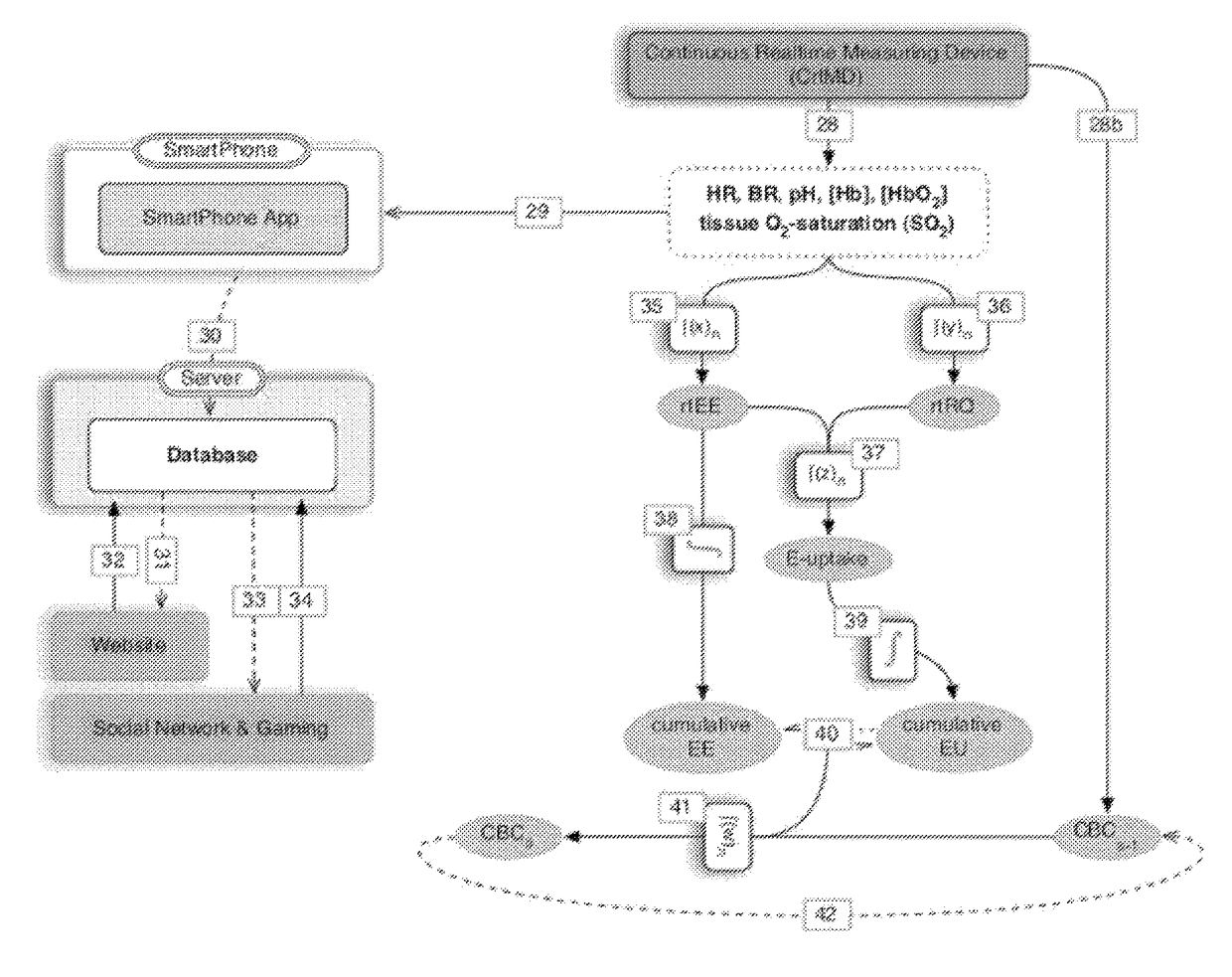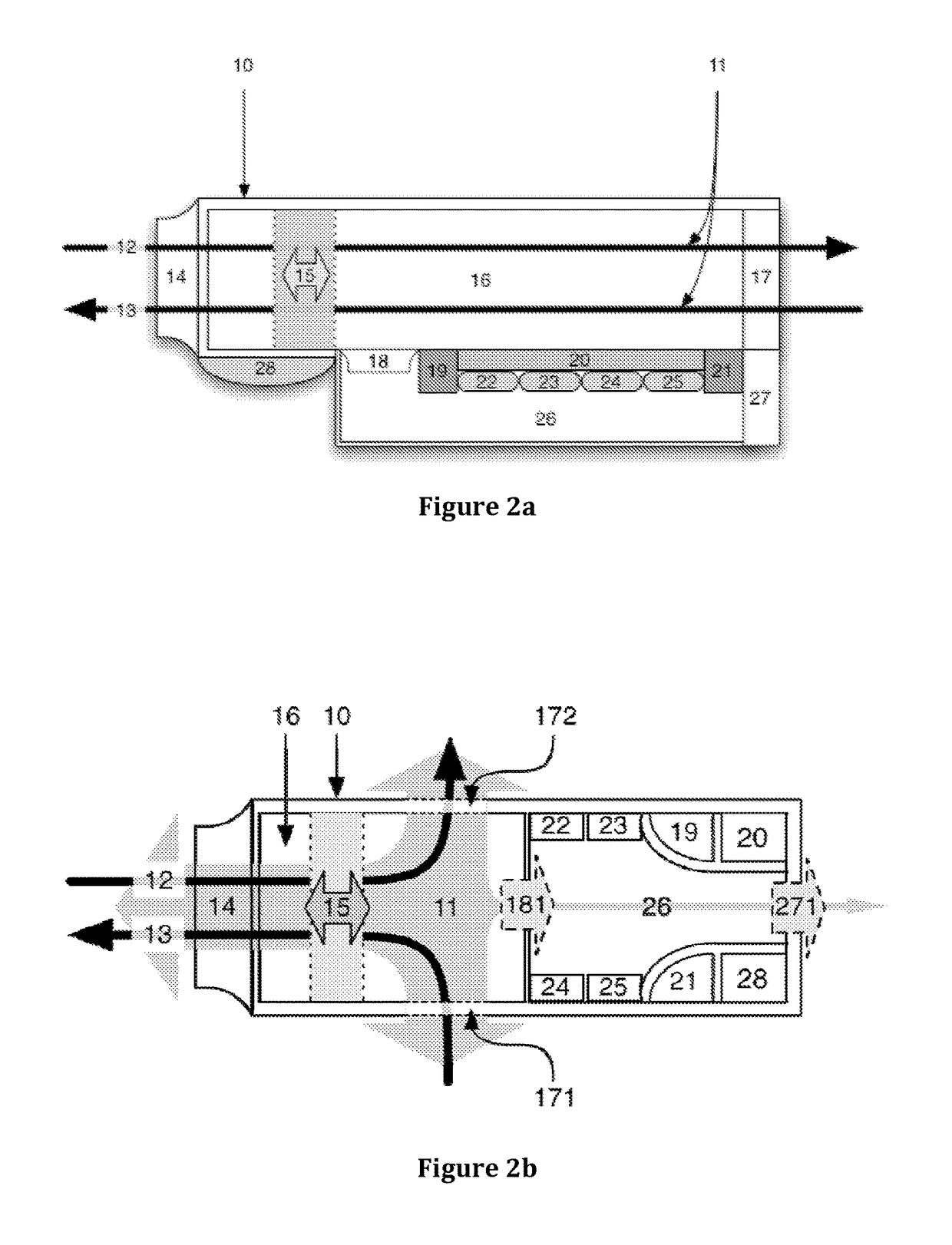Unfortunately, the
human body is not designed for such a “high
calorie intake—
low calorie expenditure” lifestyle, and the abundance of serious metabolic disorders characteristic of modern societies (e.g.
obesity, diabetes,
metabolic syndrome, cardiovascular
disease, etc.) reflects the detriments of the modern human's lifestyle.
Although these surveys provide a clear and uncomplicated picture of the most critical areas that need to be addressed to improve the health and
life expectancy of humanity, positive changes are rarely observed.
Most people do realize the importance of
regular exercise to maintain or improve their
general health, yet their inability to realistically observe and gauge their own behavior impedes their achievement of personal health goals.
Even more pronounced is the inability to realistically observe and gauge one's own nutritional condition (low
blood sugar levels, for instance, only manifests itself as rather subjective experiences of dizziness, hunger pangs, cravings and / or
mood swings, while indicators of high
blood sugar levels are virtually non-existent), quality of sleep or level of stress.
With these shortcomings in mind, it is hardly a surprise that most modern human beings are not able to achieve and maintain their personal health, wellness and / or sport performance goals—even if they go at it with the best of intentions.
Virtually none, if any, of these bodies have the capacity to provide their members with real-time motivators and feedback about the progress that they are making with regards to their personal dietary or fitness goals, and they are even less adapted to provide them with much-needed real-time nutritional and exercise guidance and support.
All techniques and technologies considered, however, the presence of innovations capable of highly accurate real-time evaluation of a person's every day
energy expenditure, energy uptake (as opposed to intake) and nutritional state (i.e. which macronutrient resource the user is utilizing as metabolic fuel at any given moment) remains glaringly absent from the market.
Unfortunately, most of these devices provide only moderately accurate and non-user specific calorimetric output.
To this end, no technologies that can provide accurate real time monitoring of metabolic data exist that can be used to optimize the combination of
nutrition and exercise during general conditioning, pre, and during competitions.
To date,
visual monitoring technologies are most commonly applied in addition to GPS and
heart rate sensing to provide
real time data for managing the performance of
athletes, none of which adequately satisfying the increasing needs to integrate
nutrition uptake and expenditure into the above equations.
In addition, while almost all of the wearable innovations mentioned above suffer shortcomings that result in unsatisfactory or inaccurate feedback to the user, hardly any of them provide the user with a real-time estimate of the user's personal
respiratory quotient (RQ).
All handheld / home-user calorimetric devices currently on the market, however, make use of a generic RQ value (usually 0.85) which does not provide this capacity.
CO2 measurements are not included in the design, however, and the device relies on an assumed
respiratory quotient value to calculate the (consequently biased and inaccurate) metabolic rates of users.
Besides being expensive as a result of the use of expensive
rapid response type sensors, the device is suitable for discontinuous use only, and can only provide real-time feedback about the user's
respiratory quotient or
metabolic rate during the period in which the user is actually
breathing into the device (this as opposed to the “Continuous Real-time Monitoring Device” (CrtMD) described in the current invention, below).
Similarly, affordable techniques for
body composition analysis provide generalized and inaccurate results, while those capable of accurate
body composition determination invariably involve costly, cumbersome, and time-consuming procedures as well as the skills of highly trained technicians to operate the equipment and analyze results.
Moreover, accurate innovations often require the use of large, immobile equipment (mostly situated in a clinical or laboratory setting), which means that very few people can have regular access to accurate knowledge about their personal
body composition.
If the user has an atypical
metabolic profile, however, this calculation could be erroneous.
The costs of these quick response sensors, however, render these products prohibitively expensive and inaccessible to the largest part of society.
Nonetheless, the notion of informed
health improvement and / or maintenance has not yet been realized in the field.
Hardly any of these games provide detailed feedback or insight into the short- and long term benefits of playing them, and none of them make use of user-specific real-time physiological or metabolic parameters (e.g. real-time respiratory quotient (rtRQ), real-time
energy expenditure (rtEE), real-time energy uptake (E-uptake) and current body composition (CBC)) to control or provide qualities to the user's avatar.
Despite the availability of all of these techniques and technologies, the vast majority of people remain ineffective at taking control of their own health and the need for an affordable innovation capable of accurate real-time feedback about the energy uptake,
metabolic rate and nutritional state of its user cannot be overstated.
However, its application to
human metabolism remains incomplete: To date there does not exist an LED-based real-time physiological measuring device that can estimate real-time energy uptake and / or real-time metabolic fuel utilization.
 Login to View More
Login to View More  Login to View More
Login to View More 


